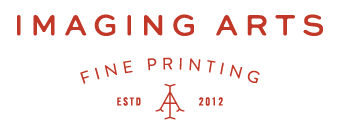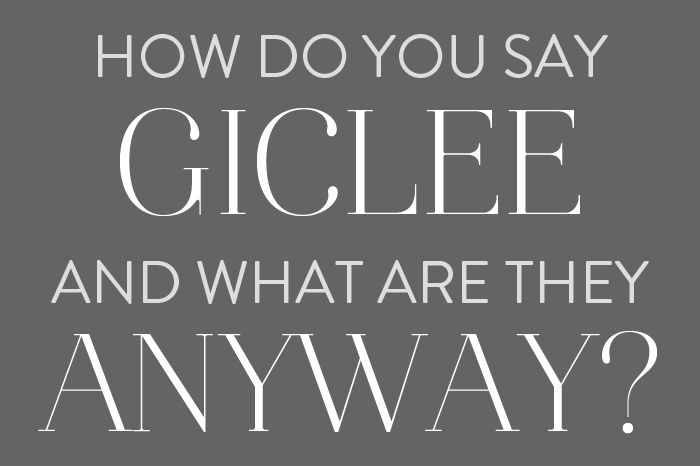“DO YOU DO GICLEE PRINTING?”
When someone asks me if we do giclée printing, or if a particular print is a giclée print, I have learned that I cannot say simply yes or no without first asking “What does giclée mean to you?”. That question often gets me funny looks, but it really is quite necessary.
People seem to have developed different understandings of the word giclée over time. I don’t often get the exact same explanation from multiple people. For some people giclée printing means any reproduction on canvas, for others it means specifically painting reproduction. For some it must be in a limited edition for it to qualify as giclée, some people say it must be printed on archival paper, some people have no idea what it means and just say it anyway, and so on. I’ve even had someone tell me that the original painter must also add dabs of paint to the final print themselves in order for it to be a true giclée print.
So which is true?
GICLEE ORIGINS
There was a time when the idea of printing via inkjet printer and/or computer, like many new techologies, was taboo. It was cheap. It wasn’t art. It wasn’t understood. But pigment based inkjet printers make some of the highest quality, longest lasting prints that you can get, so something had to be done about this.
Thus, printmaker Jack Duganne coined the term giclée (derived from a French word meaning jet, as in a nozzle through which something would be sprayed. This is what inkjet printheads do, they spray tiny droplets of ink onto the page) to replace the idea of getting simply an “inkjet print.” Originally, the term was applied to the process of making prints from a specific type of printer called an Iris that isn’t made anymore. Use of the term continues on today referring to the modern inkjet printing process.
YOU SO FANCY
You must admit, it really does sound nice doesn’t it? Would you rather have an inkjet print or a giclée? Me too, nevermind that they’re usually the same thing.
Of course, it’s a good thing for both printers and artists that the term giclée came to be used. Inkjet printers can make some of the best prints you can buy, and they can do it one at a time instead of having to make 1000 prints at once in order for them to be affordable on an individual basis like it used to be. I’ve had people tell me they don’t want inkjet prints, they want giclée prints. So it’s useful for you to use the term as people often perceive a giclee to be of higher quality and more desirable and thus it often helps artists to sell prints.
SO…HOW DO YOU SAY GICLEE?
I’ve heard quite a variety of pronunciations of the word giclée, so I’ll do my best to explain the way it is said. The “G” in giclée is pronounced like the “J” in Jacques Cousteau. Or like the “Z” of Zsa Zsa Gabor. The “I” is pronounced like the long “E” in “easy”. The “clée” is pronounced basically like “clay”. Zs-EE-clay. Zseeclay. Giclée.
QUALITY CENTRIC PRINTING
In short, giclée printing simply refers to the process of making high quality prints on a pigment based inkjet printer, and that’s what Imaging Arts Printing does, whether it be on canvas or various papers. You will likely hear or read of other ways of defining giclée and that’s fine, just keep in mind most of those definitions came after the word first started being used and have added on to its original meaning. Different people understand things different ways all the time. The important thing here is to make sure that next time you’re asking someone about giclée printing that you and the other person are speaking the same language.
Interested in reading more about the term giclee? Read more about it here. Have questions about giclee printing? Feel free to reach out to us and we’ll be happy to help!

